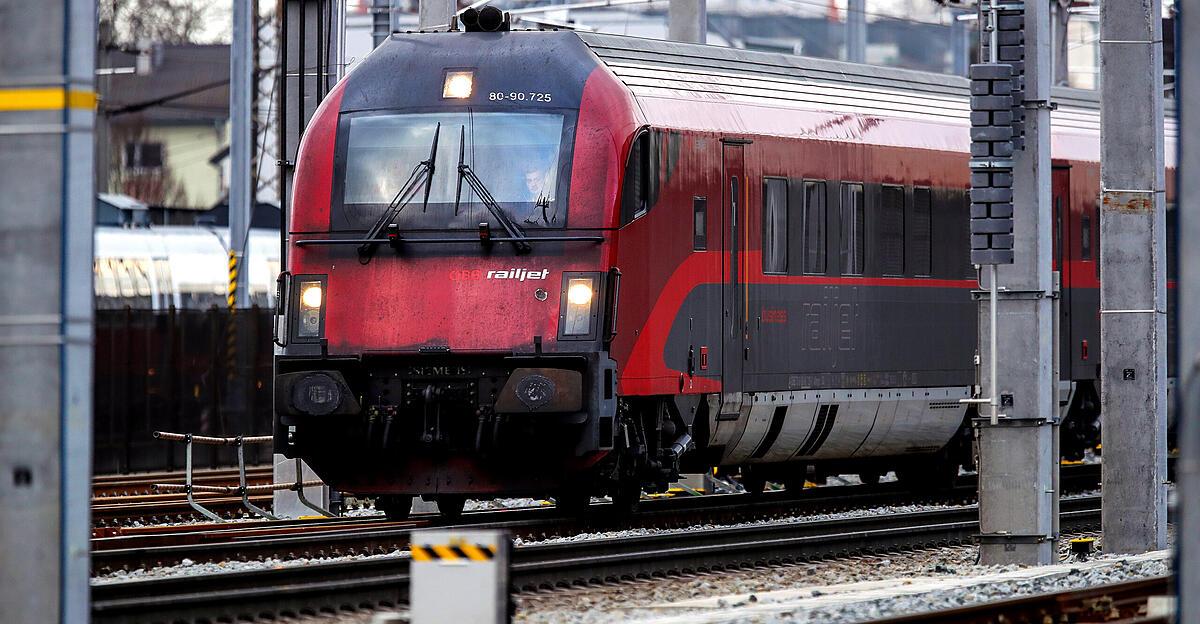Punctuality was 94.8 percent. This means that the punctuality rate in local transport is just below the statutory level of 95 percent. “Owners of association annual tickets and regional climate tickets have claims for compensation,” said apf when asked by APA. The data comes from the rail control authority, the rail infrastructure service company (SCHIG) and the ÖBB infrastructure. A train is considered punctual in the evaluation if it is delayed by a maximum of five minutes and 29 seconds.
The main reason for the development was the recovery in passenger numbers after the corona pandemic. More travelers were transported than in 2021, which led to longer stopping times and exceeding the stopping time at the traffic stations, it said. According to the Agency for Passenger and Passenger Rights, the fewest punctual trains (90.2 percent) ran in November. This was due to the rail strike on November 28, it said.
Upper Austria last in the ranking
The trains in Vorarlberg were the most punctual in 2022 with an average value of 96.6 percent. Upper Austria and Salzburg share the last place in the ranking with only 93.3 percent in local transport. The train service in the Lower Austrian Traisental proved to be the most punctual connection in Austria on the section between Schrambach and Traisen. Overall, ÖBB achieved a punctuality rate of 98.8 percent there despite the rail strike.
In 2022, three sections of the route did not have a punctuality of more than 95 percent in any month: the route between Villach and Tarvisio-Boscoverde in Italy, the cross-border route from Pregarten in Upper Austria to Horní DvoÅ™ištÄ› in the Czech Republic and the one between Wels and Attnang-Puchheim.
The Agency for Passenger and Passenger Rights also referred to the options for compensating passengers on Tuesday. If the value of 95 percent is not reached in regional traffic in at least one month, passengers will receive compensation once a year at the end of the validity period of their annual ticket.

